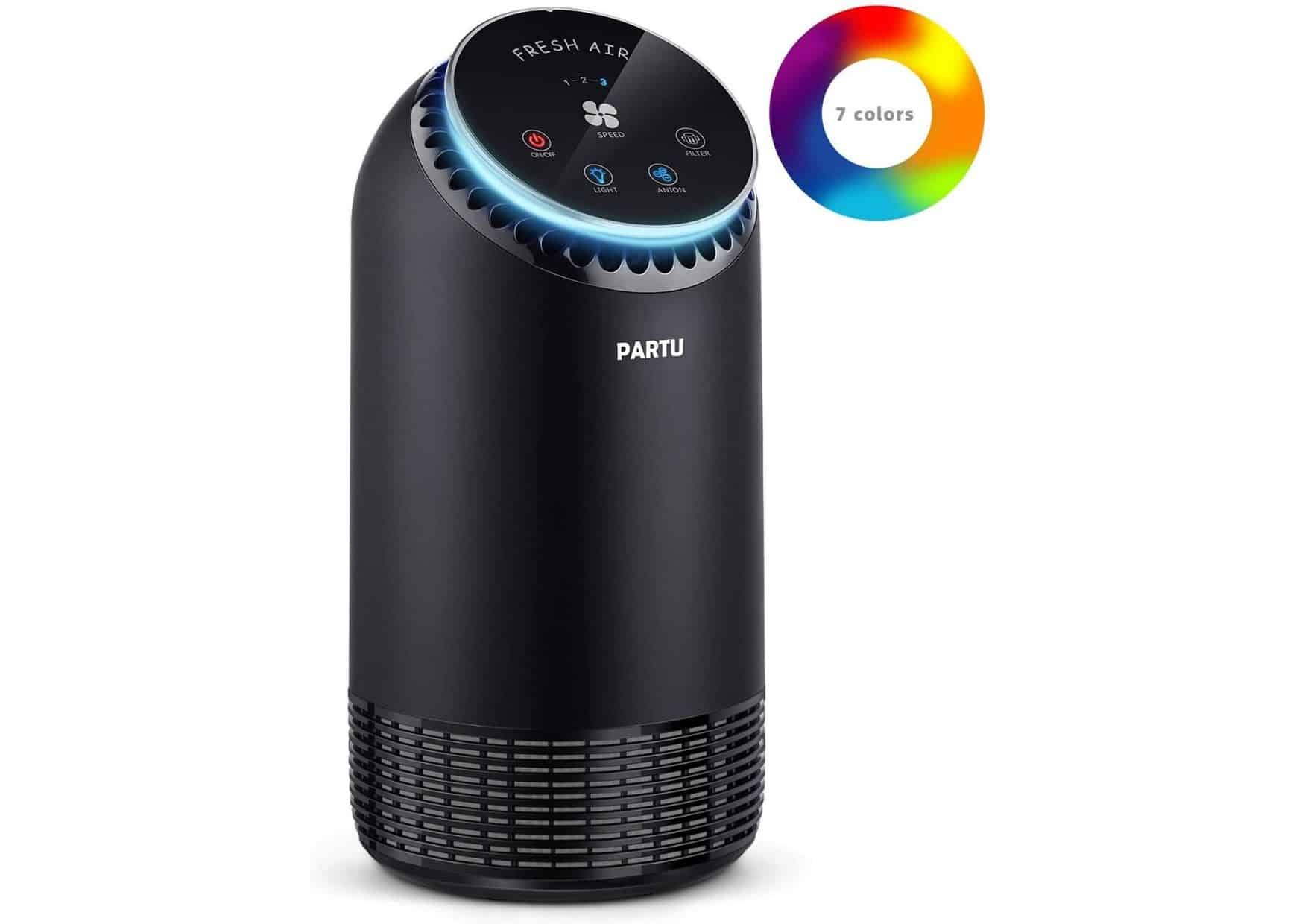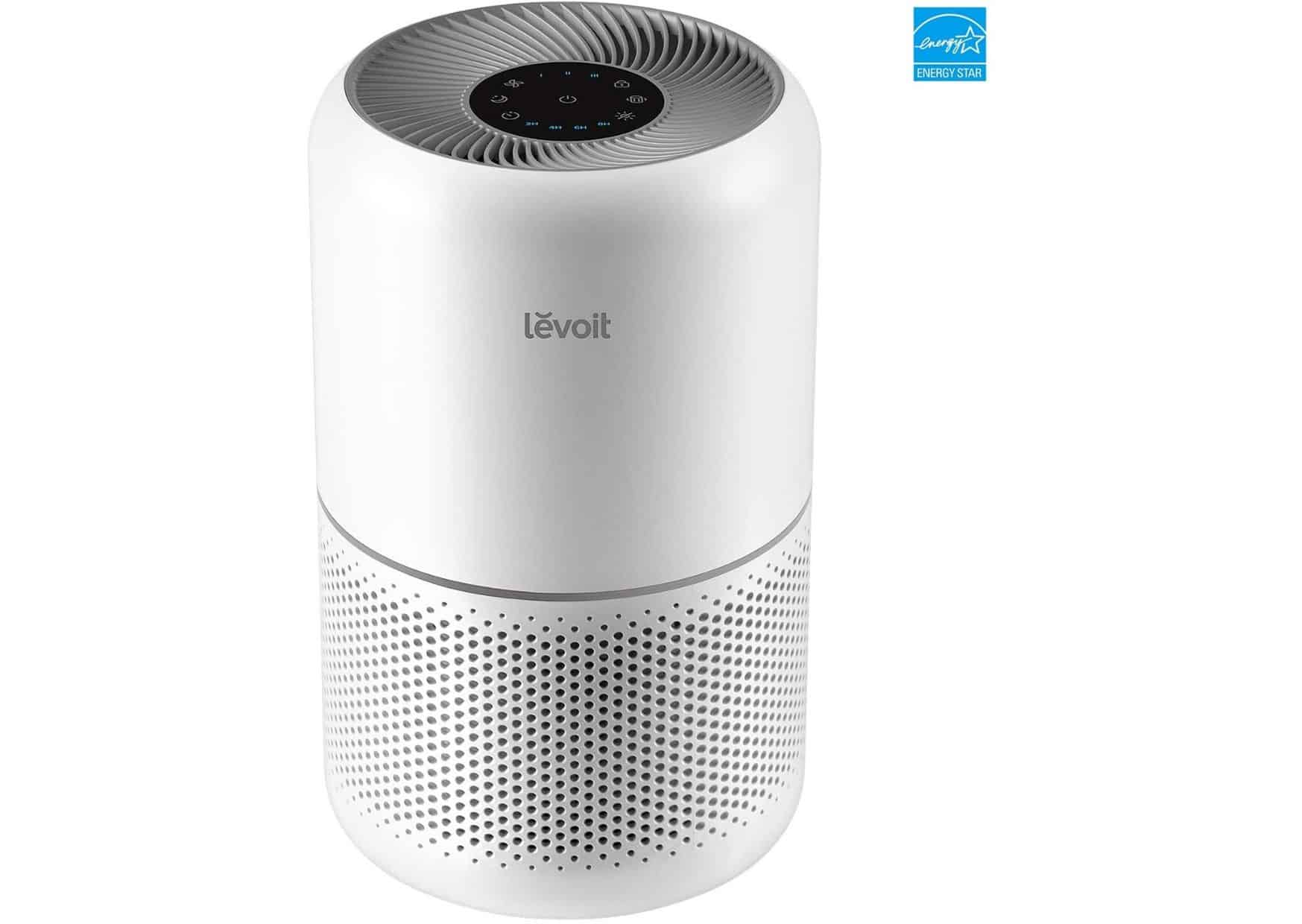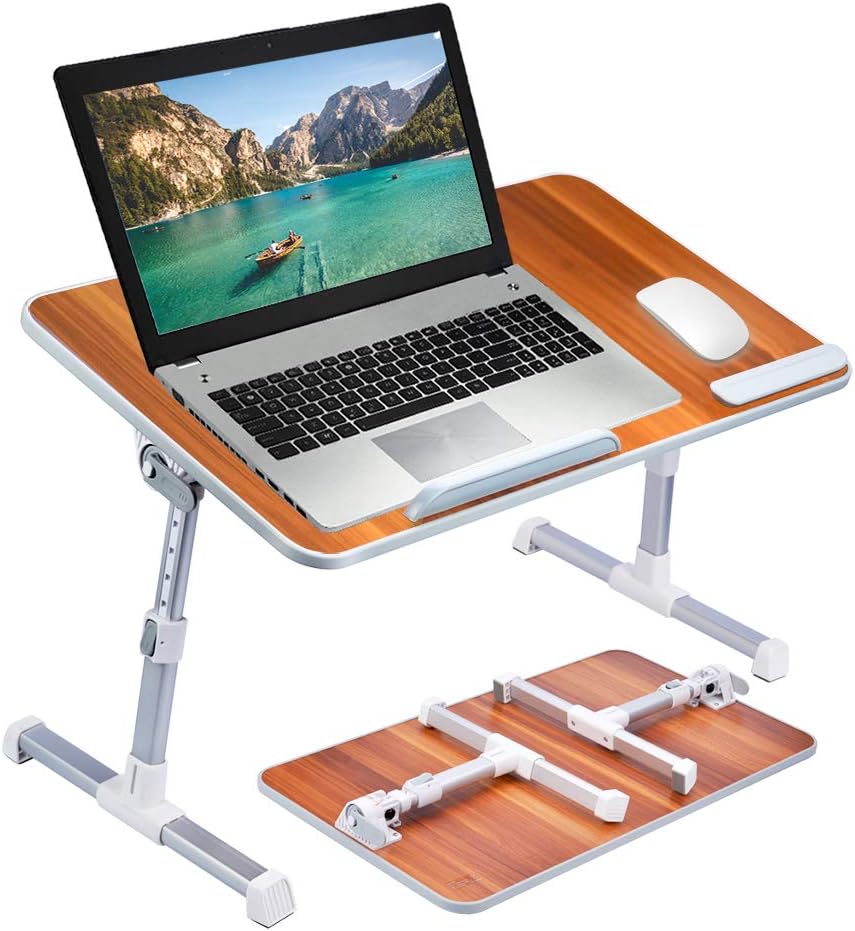It takes commitment to remain focused and make your week productive. A research conducted by the University of California revealed that you need 30 minutes to refocus after being distracted on a task ((UCI:
The Cost of Interrupted Work: More Speed and Stress)). With so many distractions pulling at our attention, how can we complete our weekly to do lists? With the introduction of new technologies and the popularization of remote work, you can expect more and more distractions. Meanwhile, it is possible to relieve yourself of pressure and burden when you master how to organize your chores, tasks, and responsibilities with a weekly to-do list.
What Is a To Do List?
A to do list is a schedule that itemizes what you need to and when you have to do it. The essence of a to do list is to enable you to simplify your life and not make it burdensome.
How to Prepare Weekly To Do Lists
Follow these steps to get yourself ready for the week ahead with a comprehensive to do list.
1. Select a Channel
It is important to find a medium that works for you. You can utilize a pen and paper or leverage digital applications in managing your to-do lists. However, research suggests that you can remember information better when you write by hand((UCLA:
The Pen Is Mightier Than the Keyboard:Advantages of Longhand Over Laptop Note Taking)). Nevertheless, find what helps motivate you more and stick with that.
2. Develop Multiple Lists
Your multiple lists should contain:
- Master list
- Weekly project list
- HIT list
Your master list includes every task you want to achieve in the long-term. For instance, complete all
Lifehack courses, clean out the bathtub, etc. Your project list contains all the tasks that demand your attention within the next seven days. And then, your high-impact list, or HIT list, includes tasks that you need to attend to within 24 hours. Every evening, identify the items you need to move from your weekly to-do list to your HIT list for the next day.
3. Make It Simple
Your weekly to-do list should not be intimidating. You only have 24 hours. Thus, you can simplify your HIT list by highlighting the chores and responsibilities you want to complete today and divide them into two. Ten items are perfect for your HIT list. Don't forget this! The accumulation of your HIT list makes up your weekly to do list. Begin your HIT list with 2 or 3 important tasks you need to carry out within 24 hours. That way, you don't waste time cleaning the bathtub instead of completing the presentation that is due tomorrow morning.
4. Break the Goals Down
Instead of having an item such as "work on a kindle book," you can be more specific by making your goals more manageable. That way, you will eliminate the fear factor. You could have something like: write the book outline on Monday, write the first chapter on Tuesday, and the next chapter the following day.
5. Include Detailed Information
You should support every item on your weekly to-do list with information to complete the task. For instance, if an item says "register for a course," you should include the website and course title. That way, you save yourself the time of scouring for information later.
6. Time Every Item
You have 10,080 minutes each week to complete all the tasks on your weekly to do lists. It is reasonable to allocate time for every item on your list. For instance: Write the introduction from 9 am-12 pm, clean the bathtub from 4-5 pm, pick up some groceries at the supermarket from 5-6 pm. Once your time expires, you move on to the next item.
7. Establish Breaks
You need to
rest a bit after cleaning the bathtub before setting out. You can allocate 15 minutes to relax your mind or prepare for the next task.
8. Make It Visible and Public
You can share your to-do list with your
accountability partner. Also, post it on your sticky notes, or set up a digital calendar accessible by anyone on your team.
9. Allocate Time for Scheduling
It takes time to prepare your weekly to do lists. And the best approach is to schedule a time for that task. Block out your Friday afternoon for organizing items on your weekly to do lists.
10. Start With a Fresh Slate
Don't allow old tasks to clog up your schedule. Ensure you have a new list each week. Complete your HIT list each day so you don't block your weekly project lists with old items. Now, it is not enough to prepare your weekly to do lists; you need to master how to prioritize with the list for maximum productivity.
How to Prioritize Weekly To Do Lists
Use the following techniques to maximize your productivity through prioritization.
1. Use the Getting Things Done (GTD) Method
David Allen, a productivity expert and author, affirmed that you can be productive despite having a long to-do list. How you plan is what counts. The
Getting Things Done technique enables you to focus on your Most Impactful Tasks (MITs) instead of the number of tasks.((Youtube:
Getting Things Done (GTD) by David Allen - Animated Book Summary And Review))
2. Focus on One Task at a Time
You are aware of which task needs urgent attention. All you need is to focus on that task before taking out the next. It's not a long list that kills, but
multitasking. If you choose not to multitask, you will realize that you can make notable progress on difficult projects. Not only that, your stress level will go down, and you will find more joy in the tasks you're completing((HBR:
How (and Why) to Stop Multitasking)).
3. Evaluate Your Weekly Progress
It is not easy selecting a few important plans for each week. That's why you need to reflect every weekend on what worked the previous week, and what did not. Also, anytime you complete a task, don't just tick it as "completed," but label it as "Progress." On Friday evening,
assess your Progress list, and study every item. How could it be improved? Follow this process every week.
4. Ask for Help
Sometimes, things get out of hand. The best strategy is to request assistance from your teammates, managers, or accountability partner. Avoid procrastinating on activities that go beyond your capabilities.
5. Learn to Say No
Sometimes, you feel compelled to consent to every request, and you would rather sacrifice all items on your to do list to say yes. Say no((Psychcentral:
Learning To Say No)) to things that your schedule and energy cannot accommodate. Do what counts towards your long-term objectives.
6. Use Friday Evening to Reflect
You should reflect on your week after work on Friday. That way, you can enjoy a worry-free weekend and kick-start the new week in the right direction. A lot of managers plan on Saturday evenings or Sunday evenings. Ensure you find the time that suits you.
7. Focus on Outcomes, Not the Method
Focusing on results helps you to determine how to assess your achievement. If you focus on the methods, you may find it difficult to say if an item has been achieved. A result-oriented approach will enable you to mark your goal as "Progress."
8. Share Your Productivity Strategy
When you share what you are working on with your teammates, it helps you enjoy a maximum level of support. Also, others will treat you as engaged. Furthermore, when you have actualized your goals, share the results with your team and inspire them to do the same.
9. Choose Themes for Your Week
If you have different tasks, you can divide your weekly to do list into five days of different work sections. Then, take out those tasks each week. Ensure you carry your teammates along on your day's focus. Jack Dorsey((Forbes:
The Jack Dorsey Productivity Secret That Enables Him To Run Two Companies At Once)), Twitter's CEO, was highly focused when he was doing 80-hours of work per week in two companies. He was exceptionally focused on planning his day, so he developed a theme for his week:
- Monday: Attend to management issues
- Tuesday: Work on products
- Wednesday: Marketing, communications, and growth
- Thursday: Developers and partnerships
- Friday: Corporate culture
Steve Jobs was also productive due to his consistent plan. He held executive meetings on Monday, while he dedicated Wednesdays to advertising and marketing.
10. Respect Others' Time
No one likes to be interrupted, be it via meetings or emails. Respect others' time: no texts, email, or a call for unnecessary meetings. When you do this, others will be more likely to respect your time, helping you avoid unnecessary distractions.
Final Thoughts
Weekly to do lists can be a great tool to keep you accountable and on task. Use your to do lists to maximize your time by achieving a smaller set of important tasks and doing your best. Practice prioritization by completing your most important tasks first and feel productive immediately. This will motivate you to push through the rest of the week.
More Tips on Creating Weekly To Do Lists


















